Welcome to the World: Our Homebirth Story
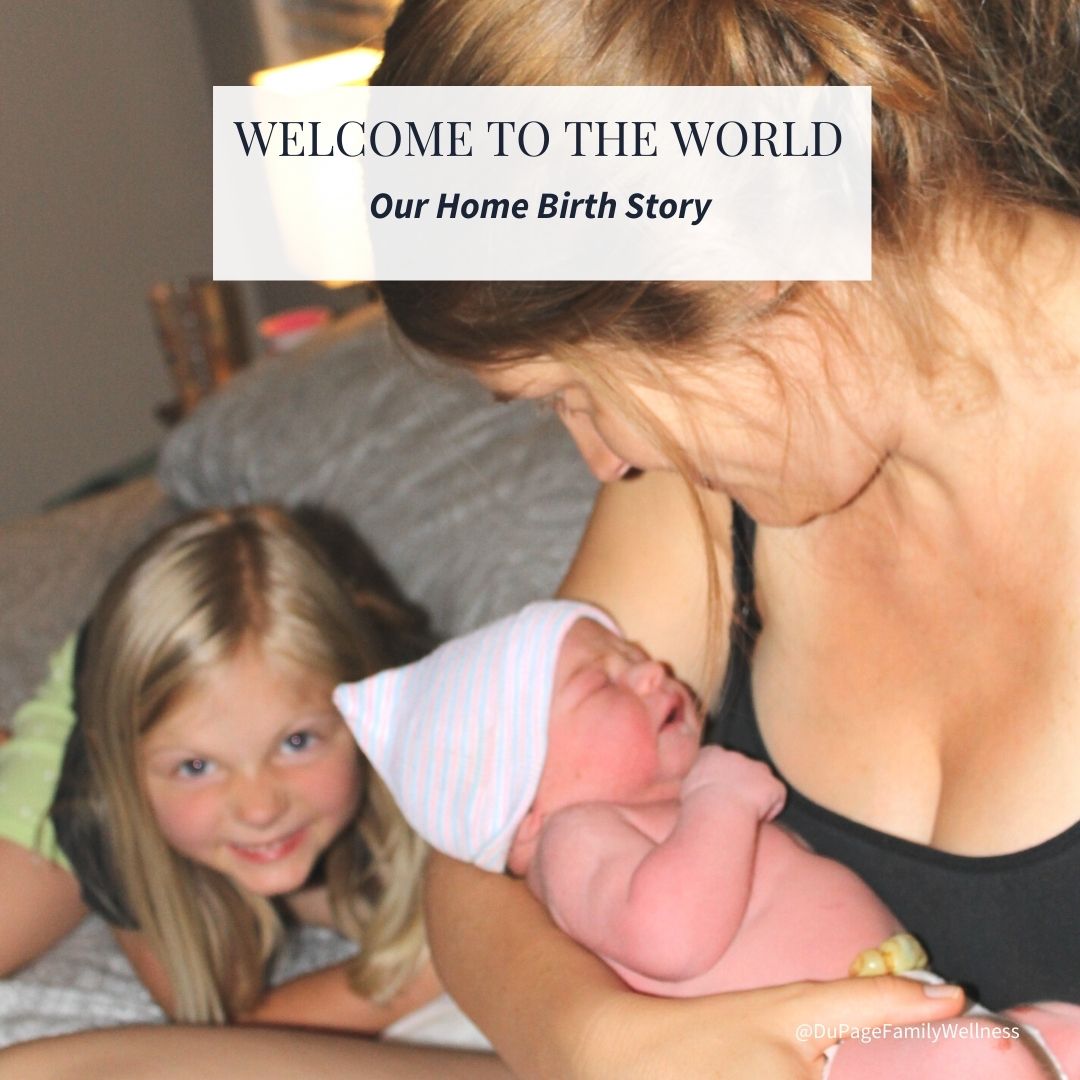 A Trip to the Farmers Market, a Nap, a Bath, & a Walk
A Trip to the Farmers Market, a Nap, a Bath, & a Walk
Saturday morning began as any other morning, except that I was 11 days past my due date. I had only ever gone 5 and 6 days past my due date with the other babies, so this was uncharted territory.
We decided to go to the Farmer's market so we could get out of the house for a little bit. I had been having Braxton Hicks contractions with activity for days, so the slight contractions I was having that morning were nothing new.
Calling the Midwife
Social Connection and Its Impact on Physical Health
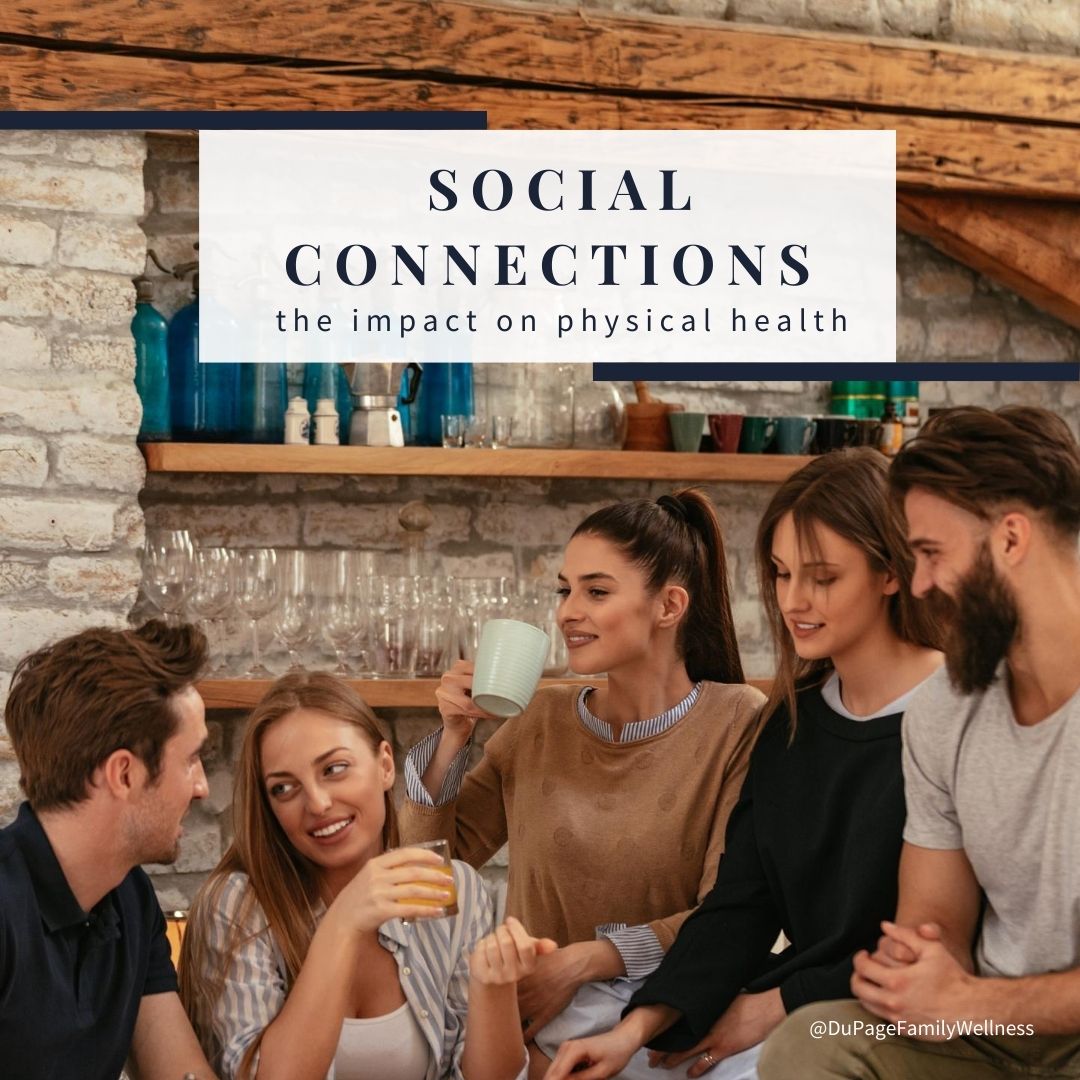 There are many things people know they must do if they want to be healthy: eat well, get adequate movement, refrain from smoking, and limit alcohol. But now we can add “enjoying social connections” to our list of healthy habits!
There are many things people know they must do if they want to be healthy: eat well, get adequate movement, refrain from smoking, and limit alcohol. But now we can add “enjoying social connections” to our list of healthy habits!
Social Connections Impact on Physical Health
Research is showing that social connections have a major impact on both our mental and physical health. It is not hard to believe that those who feel more connected with others tend to struggle less with anxiety and depression. They also have higher self esteem, greater levels of empathy, trust others more, and tend to be more cooperative.
While the impact of social connections on emotional wellbeing may be expected, the extensive impact on physical health may come as a surprise to many. According to Dr. Emma Seppala, the American Association for the Advancement of Science published a study that found that “a lack of social connection is a greater detriment to health than obesity, smoking and high blood pressure.”
A lack of social connections has been linked to obesity levels, inflammation, and hypertension. It may be shocking, but strong social connections actually improve your immune system and lead to a 50% increased chance of longevity. More research is needed to discover why social connections have such a dramatic impact on health, but the research is clear that social connections are extremely important if you want to live a long and healthy life.
Insights From the Research
- Research shows that the quantity of relationships is important both with teens and the elderly, while the quality of relationships matters more in midlife.
- It is also important to realize that you don't need to be physically with someone to have a social connection. If you feel seen, heard, and understood, that is enough to feel connected to others.
- Recognize that it is possible to feel isolated and alone, even if you are surrounded by people.
- Don’t underestimate the importance of feeling connected to yourself.
How to Cultivate Connection
In this season, with Covid-19 and the social distancing mandates, it is more important than ever to find ways to cultivate social connections. You may have to be creative, but your health is worth the effort.
We've Still Got Your Back
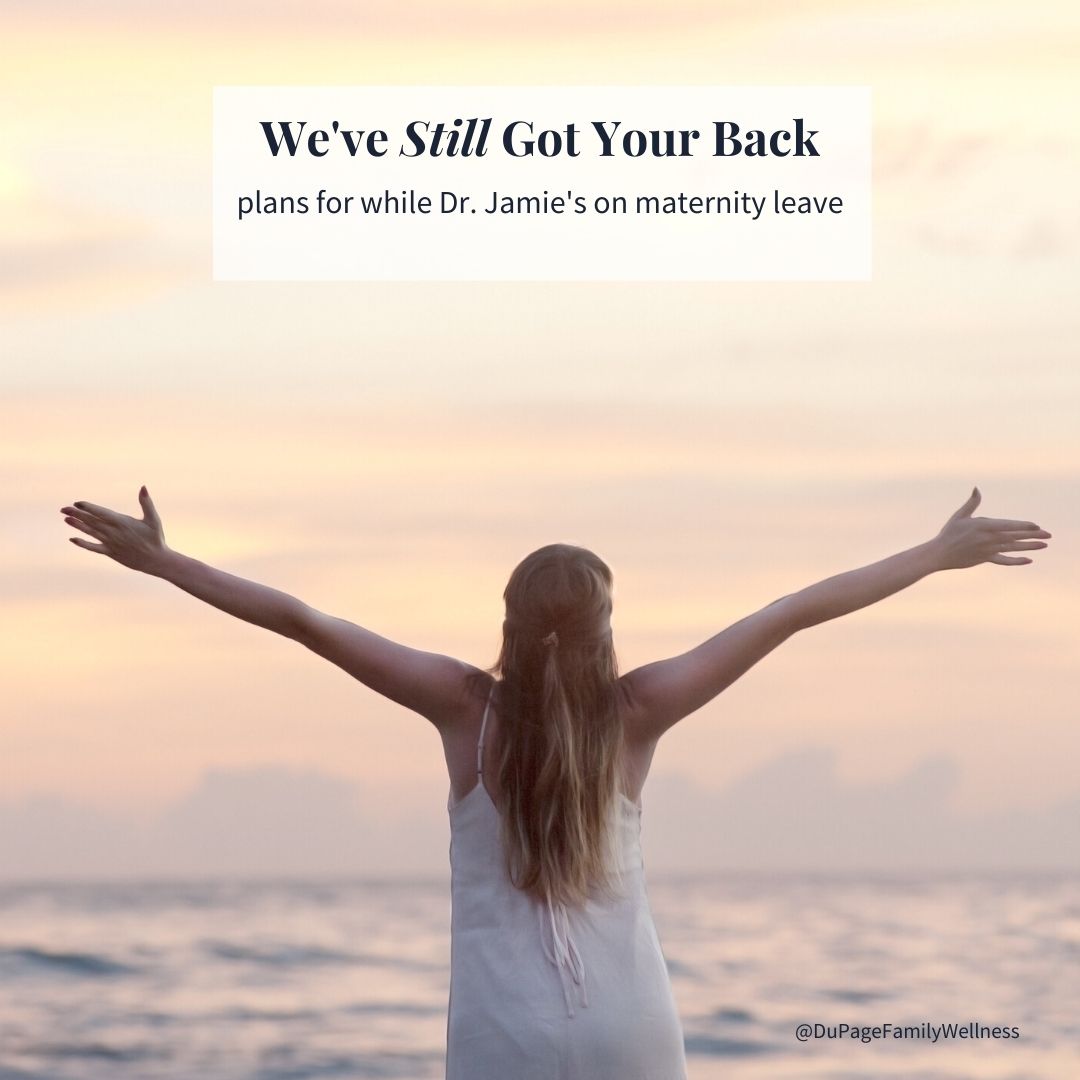 While Dr. Jamie is welcoming her new baby into the world, she still has your back!
While Dr. Jamie is welcoming her new baby into the world, she still has your back!
Dr. Jamie has arranged for three chiropractors that she trusts to care for her patients. Please reach out to any of these wonderful practitioners directly to schedule an appointment in one of their offices.
Dr. Jessica Leighton
Alliance Chiropractic & Acupuncture in Naperville 630-995-3189
Dr. Jessica Leighton (Flynn) graduated from National University of Health Sciences and Albion College after an internship at the Salvation Army in Chicago. While there she developed a passion for helping women during pregnancy and the postpartum phase.
Her clinic in Naperville is dedicated to women’s health and wellness, prenatal and postpartum care, as well as family chiropractic care. Acupuncture services complement her practice, and can specifically target enhancing natural fertility.
She supports both men and women, who are trying to conceive naturally and those navigating various fertility treatments. Her own fertility struggles enable her to understand the physical and emotional component to many fertility challenges.
Dr. Anita Dickerson
41 North Chiropractic & Soft Tissue Clinic in St. Charles 630-549-7870
Dr. Anita Dickerson graduated with a doctorate in chiropractic medicine from Western States Chiropractic College in Portland, Oregon.
She has devoted her career to treating patients with the Active Release Technique (ART), because she finds it to be the best technique for soft tissue issues. Her patients also receive gentle chiropractic adjustments, as well as guidance in balancing muscles.
Dr. Anita understands that balancing muscles involves more than simply identifying muscles that are either tight or weak. She realizes that it’s critical to determine why specific muscles are affected before starting to stretch or strengthen them.
She recognizes that exercises can be ineffective and counterproductive when applied too early. Once underlying problems have been corrected, she guides patients through specific exercises designed to stretch and strengthen muscles sequentially - making sure each muscle is capable of doing what it is intended to do.
What Your Poop is Telling You!
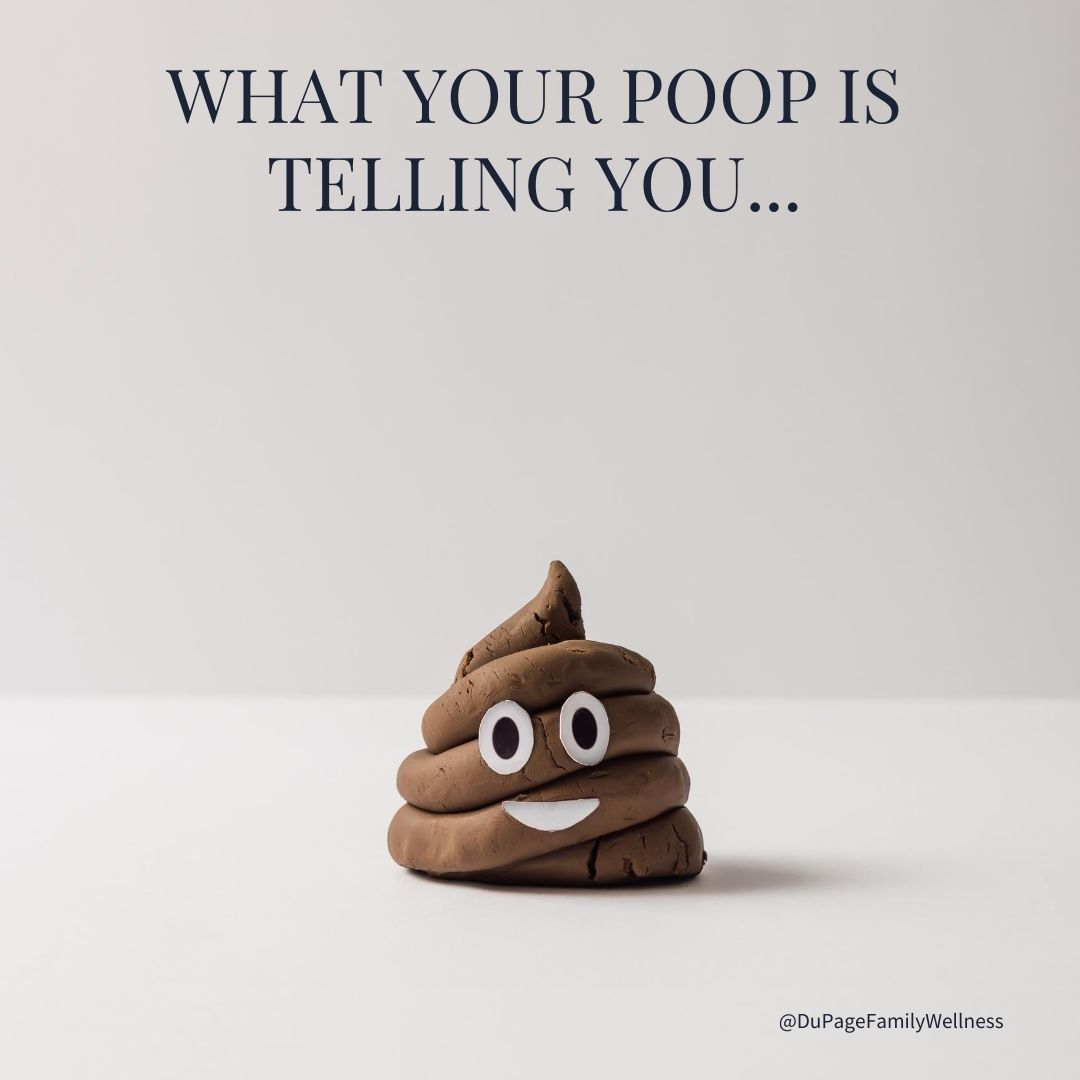 Our digestive health is crucial to the overall health of our body! If we want to know how our digestion is going, all we have to do is listen to our body.
Our digestive health is crucial to the overall health of our body! If we want to know how our digestion is going, all we have to do is listen to our body.
When our digestion is really bad, we will have all kinds of unpleasant symptoms. Stomach upset, gas, constipation, or diarrhea are symptoms that things are off. But even without these obvious signs, your digestion might be suffering.
Paying attention to our poop is a great way to tell how our digestion is doing. However, since we don’t often talk about our poop we may not know if what we are experiencing is a sign of health. It is important to shake the awkwardness of the conversation, so that we can listen to the messages our body is sending us.
Our gut health has such a great impact on our overall health, so we need to pay attention to what our poop is telling us!
The Basics
When we talk about poop, we will be looking at the form, frequency, color, and smell. Each of these aspects can give us insight into our digestive health.
When we consider the form of our poop, the Bristol Stool Chart is an extremely helpful tool. This chart was developed by Stephen Lewis and Ken Heaton at the Bristol Royal Infirmary. It is a diagnostic tool which classifies human feces into seven forms.
Take a moment to look at the chart and consider what you tend to experience!
Cabot Health, Bristol Stool Chart / CC BY-SA (https://creativecommons.org/licenses/by-sa/3.0)
An Ideal Poop
Ideally, we will have smooth soft poop that doesn’t fall apart when the toilet is flushed (a four on the Bristol Chart). The poop should be a chocolatey brown color like that of a Hersey bar. Bowel movements should not have a very strong odor or be difficult to wipe.
Since bowel movements are one of the body’s ways of eliminating toxins, it is important to have one to three bowel movements consistently each day. It should not hurt to poop, and you shouldn’t have to strain.
Trouble Signs
- Form - Having poop that is too soft could mean that you are simply not eating enough fiber, while poop that is too hard it may indicate that you need to drink more water.
- Color - Poop that is very dark could indicate bleeding in the GI tract, while poop that is too light may indicate malabsorption.
Is There a Right Way to Poop?
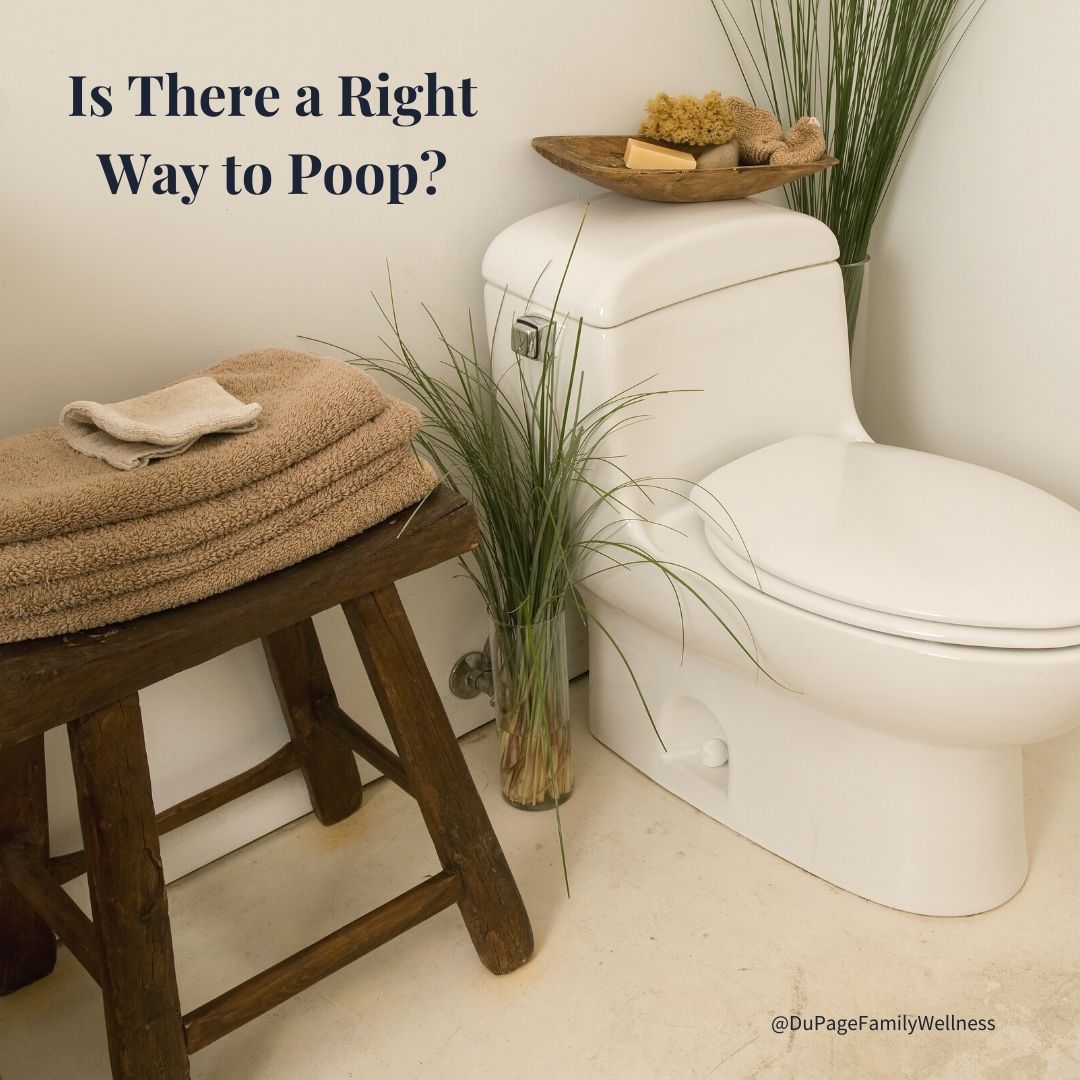 Our digestive health is crucial to the overall health of our body! So, when it is off we must take notice. The body has many ways of telling us that healing is needed in this area. Some people feel bloated and gassy, while some struggle with diarrhea or constipation. Still others have stomach upset if they eat certain foods.
Our digestive health is crucial to the overall health of our body! So, when it is off we must take notice. The body has many ways of telling us that healing is needed in this area. Some people feel bloated and gassy, while some struggle with diarrhea or constipation. Still others have stomach upset if they eat certain foods.
While these symptoms are uncomfortable, they can be helpful messengers if we act upon what they are telling us. Since our gut health impacts our overall health so greatly, we should do all we can to support it. What we eat, how we move, and even how we poop will have an impact!
Let’s take a look at a trendy health practice that is based on ancient practice to discover the most natural way to poop!
Who Squats?
For centuries people did not have chair style toilets. Until the 1800’s, only the very wealthy in a community had this luxury. And even today many cultures around the world still squat to poop. In fact, it is estimated that over a billion people around the world squat when they go to the bathroom!
Why Squat?
Many people say that squatting is the most natural way to poop, putting the body in the right position to strain less while eliminating waste more thoroughly. Let’s take a look at biology to see why.
The puborectalis muscle works like a sling, looping around the rectum and closing it off from the anal canal. While sitting, the bend between the rectum and the anus is still there. Squatting relaxes this muscle getting rid of this bend. This straighter pathway allows everything to flow better, helping to prevent constipation and strain on the gut.
A study in Japan, using x-rays with contrast, found that pooping in a squatting position does actually make elimination easier. It has been clinically proven to eliminate strain by 91%, increase emptiness by 85%, and decrease time spent by 71%.
A Modern Solution
The Squatty Potty is a modern toilet stool that allows you to get in a squatted position while sitting on the toilet. It was created by a family simply trying to help a member of their family who was dealing with constipation.
In addition to having a great product design, the Squatty Potty is known for their hysterical (but educational) commercials…
More Articles ...
- It's Not Just Willpower
- Maternity Leave Announcement
- Covid-19: A Functional Medicine Response
- A Relationship We Often Neglect
- Grounding: The Benefits of Connecting with the Earth
- 15 Minutes to Improve Your Health
- Black Mamas Matter: What Maternal Health Outcomes Reveal About Racial Inequality
- Trimester Zero: Planning for a Wedding vs. Planning to Conceive
- Metabolic Health: The Elephant in the Room
- Eating Emotions
- Eat the Rainbow
- Starting this Friday... "7 Weeks of Real Food: Eat to balance hormones, stabilize blood sugar, and feel your best!"
- Is Your Body Communicating With Itself?
- The Power of 30 Minutes!
- What I'm Doing on the Floor
- Virtual Yoga with Mindful Movements
- Get Your Body Moving: a 25 Minute Full Body Workout from H4 Training
- Our Top Tips For Handling Stress
- Covid-19 Response
- Gluten Free Egg Wrap Recipe


